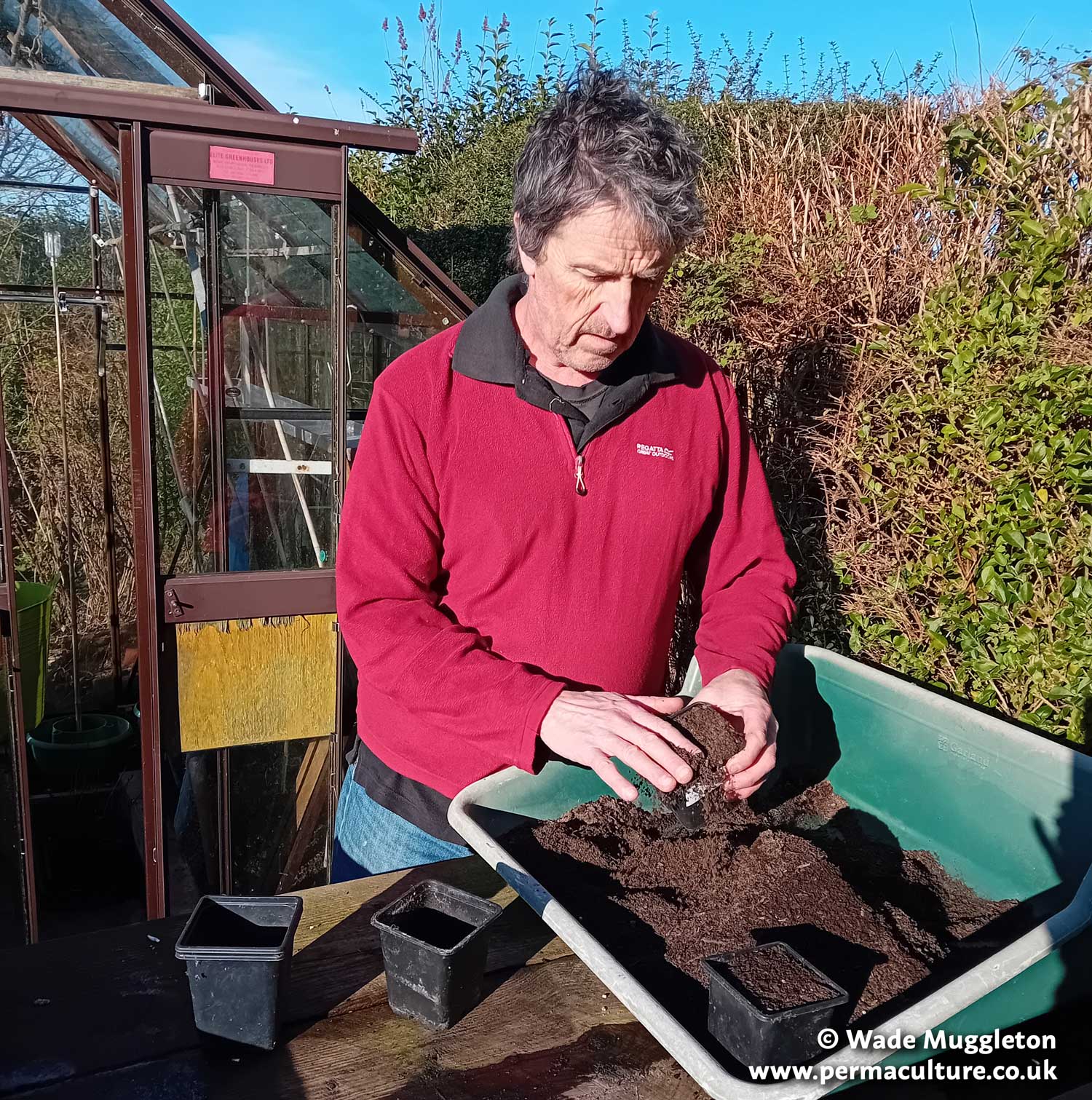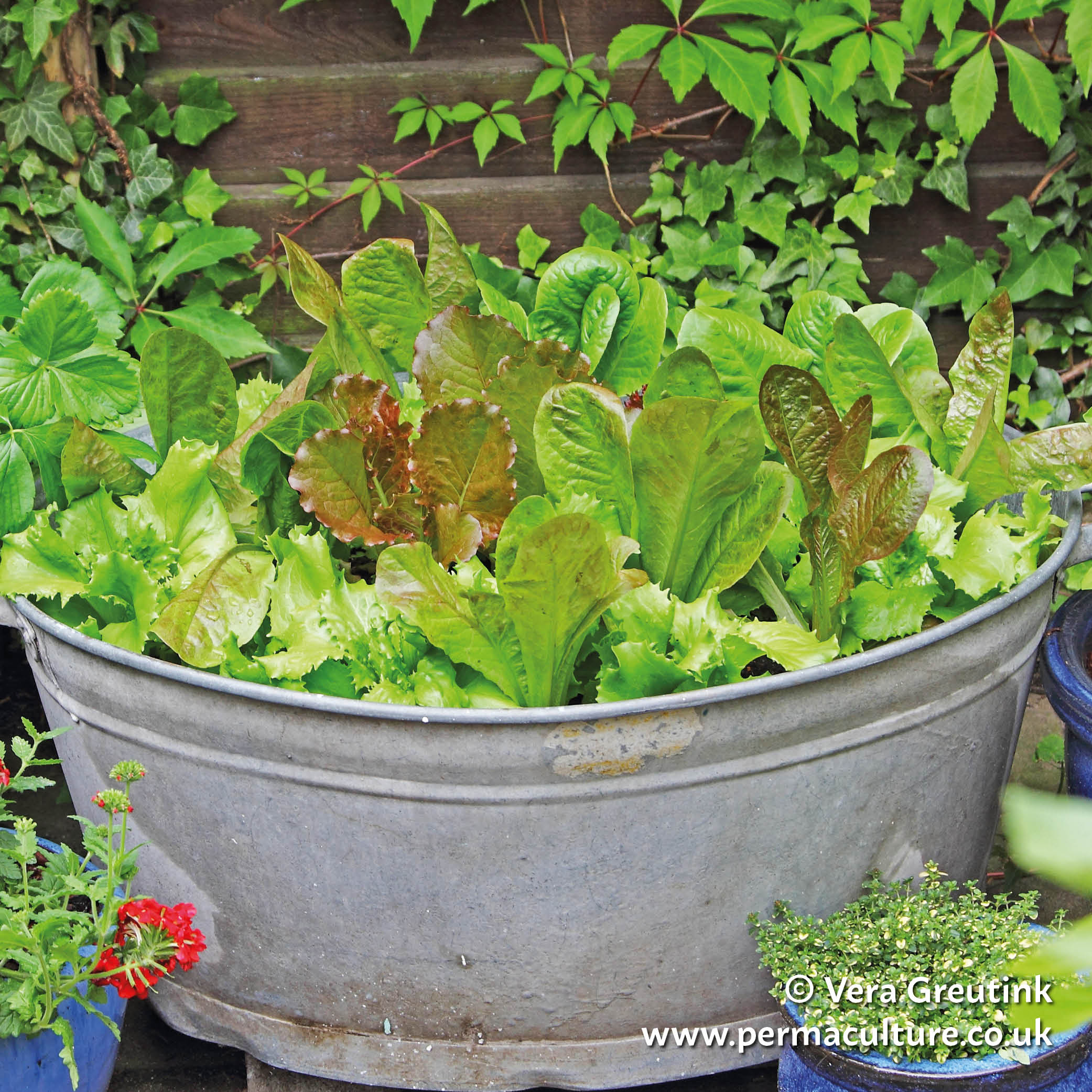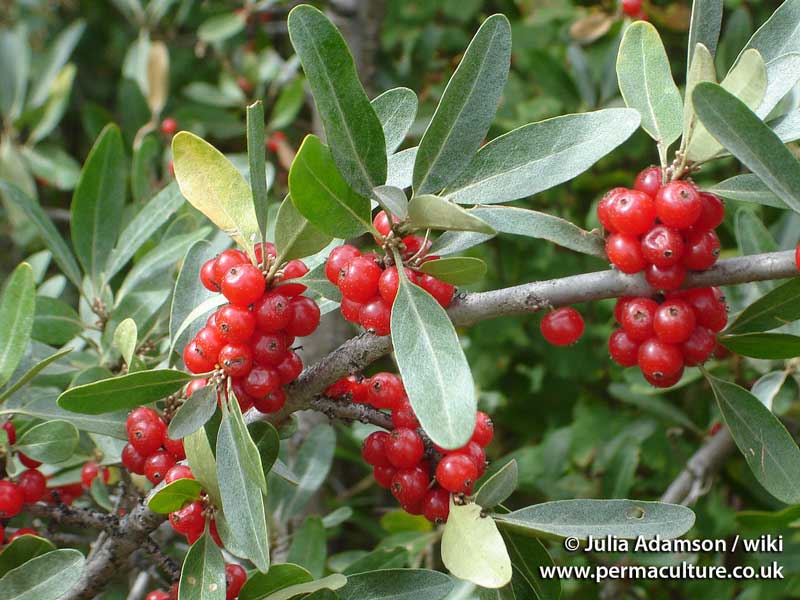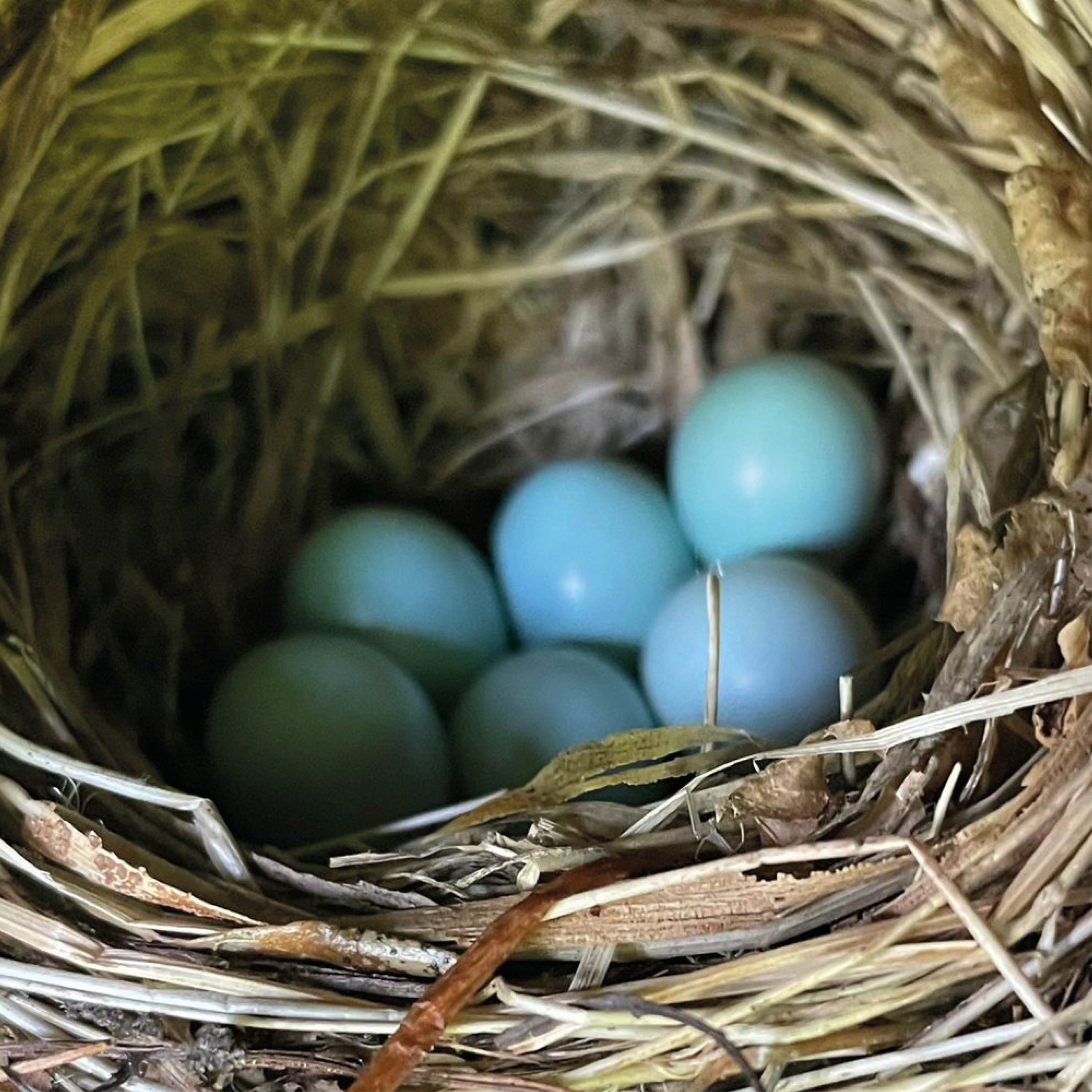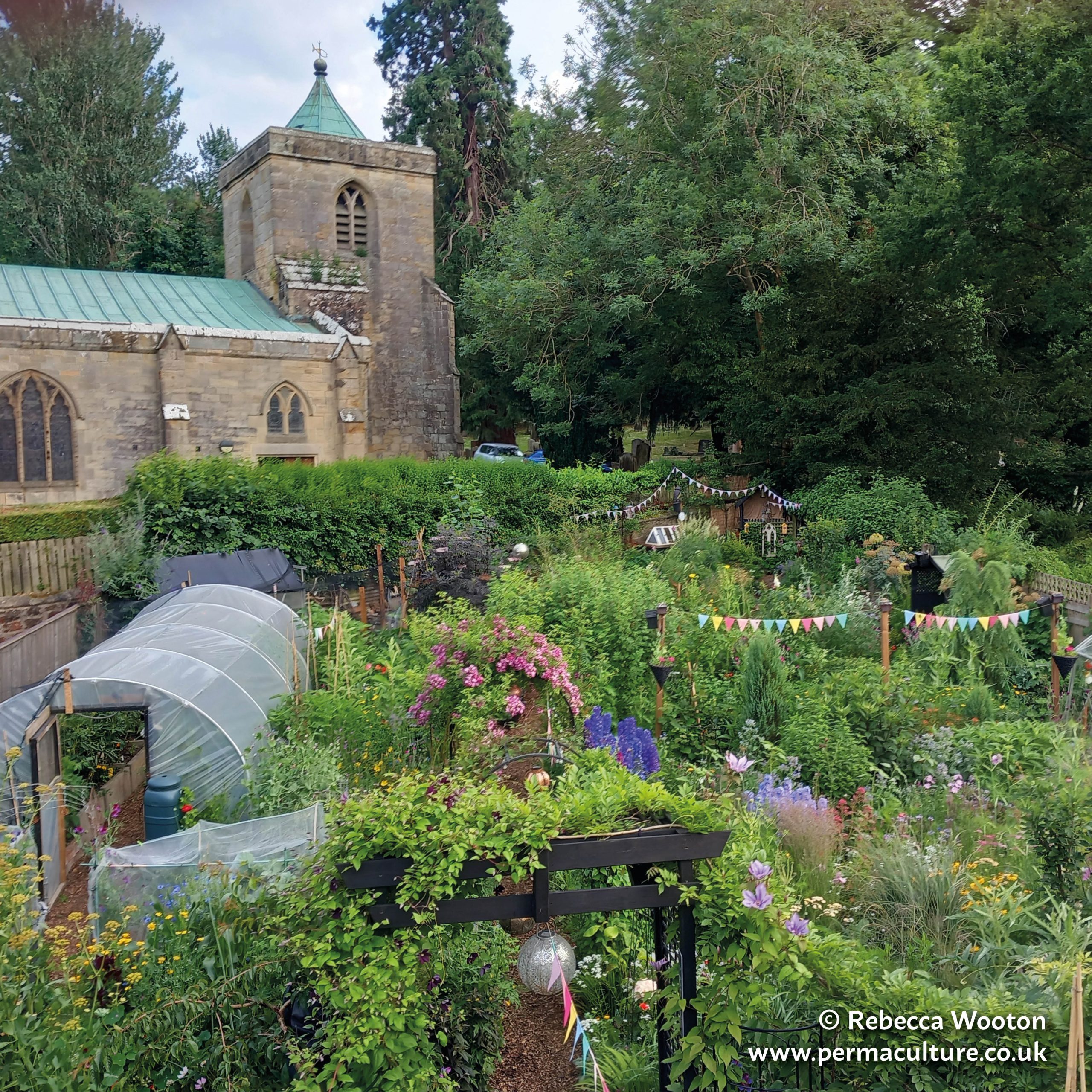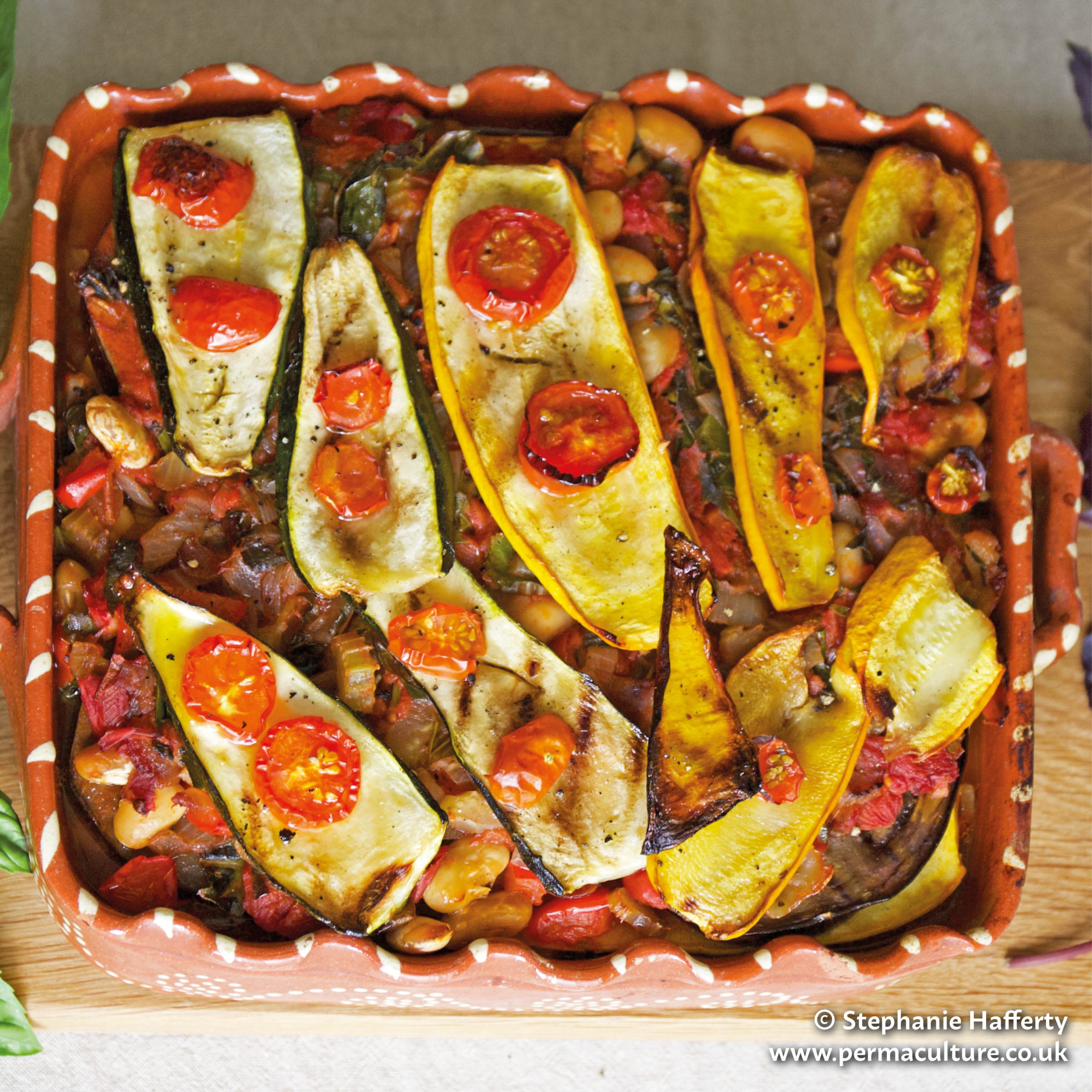The Regenesis Project sits on a beautiful 17 Hectare mountainous property in the heart of Bohol, one of the most popular travel destinations in the Philippines made famous by the unique geological formations known as the Chocolate Hills.
Historically, the majority of the island had a tropical forest cover. But after decades of agricultural expansion, slash and burn farming practices, and illegal logging – only 27% of this survived. The situation worsens in the mountainous regions where any form of natural regeneration is rendered futile by the innate lack of seed sources or forest patches at high elevations, as well as by the traditional practices of cattle grazing and annual burning of grass stubbles.
This perpetual state of degradation is further exacerbated by the catastrophic impacts of climate change. The Philippines has a notoriety for being one of the most high-risk countries with over 20 tropical storms frequenting the archipelago in a year. These have been increasing in frequency and intensity every year and are beginning to affect places that in the past were spared. Worsening flood events, drought cycles (which in turn affect local food security), and sea level rise further threaten the survival of several coastal and island communities – forcing many to be displaced.
In 2011, discouraged by the detrimental effects my architectural profession brought to our increasingly fragile socio-ecological landscape, I left the practice and spent four years learning as much as I could on Permaculture, deep ecology, regenerative systems, and climate change in my free time while working overseas in Singapore. After taking my Master’s in Integrated Sustainable Design at the National University of Singapore in 2016, I slowly started to formulate a framework for what a truly ‘regenerative’ model of development might look like and how it could be done.
Regenesis means both the following:
REGEN-ESIS = To Regenerate, to Renew
RE-‘GENESIS‘= To return to the Garden of Eden.
The Regenesis Project was founded as a growing movement that aspires to lead large-scale efforts to heal and regenerate degraded ecosystems in the Philippines. Our approach is (1) to identify degraded land, (2) restore local ecosystems (3) create regenerative livelihoods (4) re- establish human stewardship (5) track the increasing health of living systems over time (ecology, community, and economy).
Our vision is to become the centre for regeneration in the Philippines and eventually in the South-East Asian region. We aspire to lead efforts to restore a diverse array of degenerated ecosystems at large scales and include various types of ecosystems like tropical forests, marine or coastal ecosystems, freshwater ecosystems, agroecological ecosystems, mangroves, etc.
As a key first step toward this vision, we joined the Ecosystem Restoration Communities movement which is a global network of Living Labs that are experimenting and innovating with the best restoration strategies so that their learnings can be shared with the rest of the world.
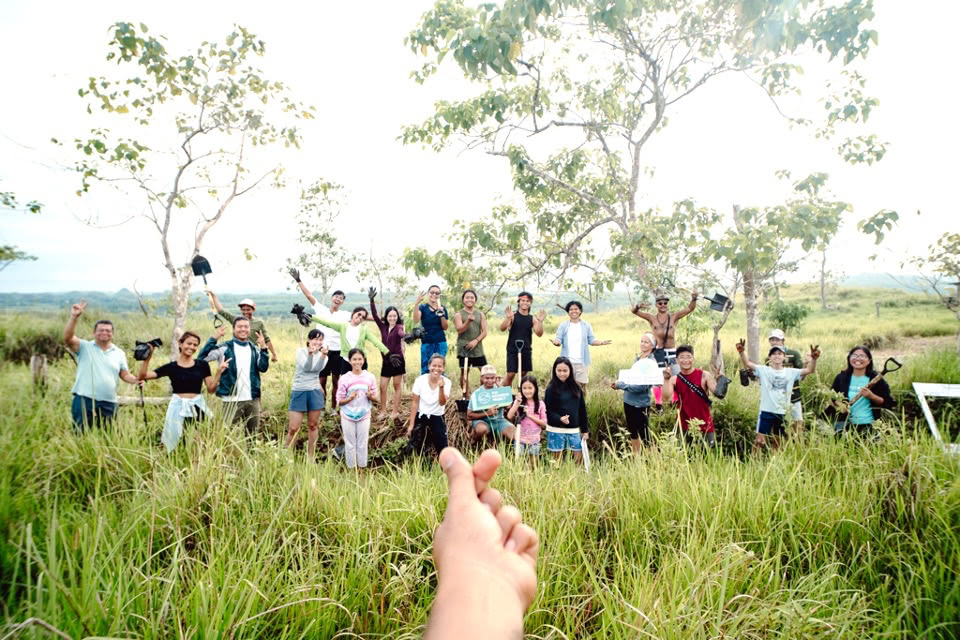
Being the first and only camp in the Philippines, our specific restoration aim is to create disaster and climate resilient landscapes using techniques that can be replicated in our region such as fire management, water capture, and storage through keyline design, the establishment of much-needed microclimates and soil conditions to support wild afforestation, while also exploring syntropic food forestry, bamboo production, SRI rice production, vetiver applications, and many more – all within a Permaculture framework.
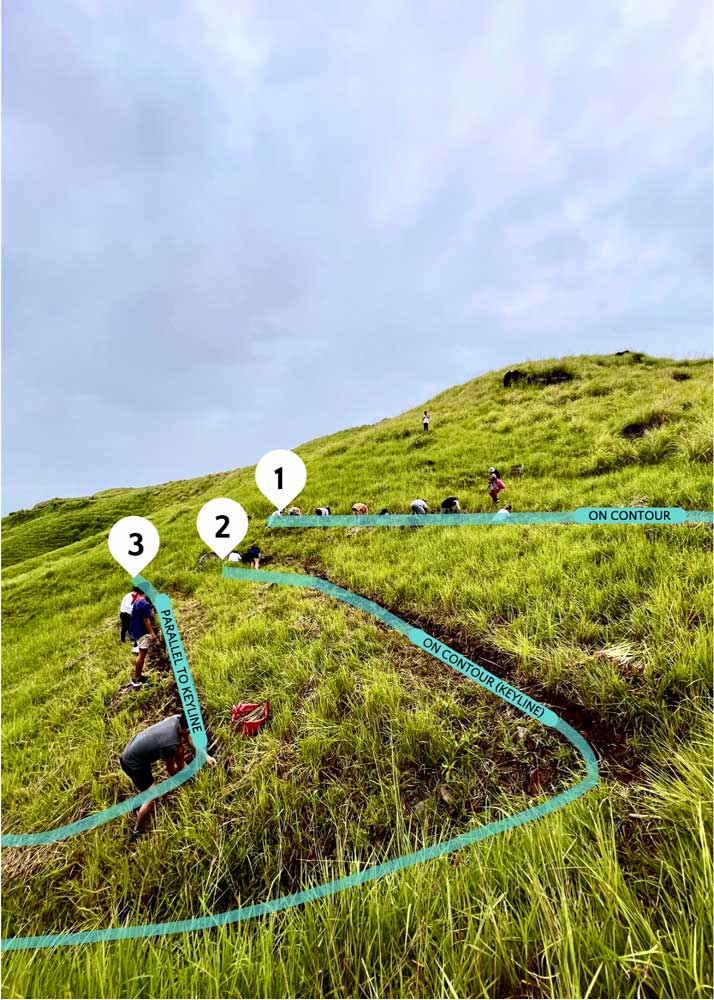
In our view, ecosystem restoration is only the first step. If we want long-lasting change, we need to fix systems, not just the symptoms and use the same systems that caused degradation to bring about its regeneration. This is why The Regenesis Project looks at six sectors (Agriculture, Tourism, Industry, Design and Development, and Education); and it is also the reason why we registered as a corporation (not a non-profit) – so that we would have to use creativity, resourcefulness, and an entrepreneurial mindset to build multiple high-value regenerative business models across different sectors to fund our work.
In December of 2021 the deadliest super typhoon Bohol has ever experienced in living memory ravaged our island, leaving hundreds dead and thousands displaced. This event, though traumatizing and catastrophic, gave us three important lessons: first, we must plan and prepare for how it will become, not for what it is now; second, climate resilience should be planned and implemented at multiple scales to be effective; and third, since most of the impacts in our region are water-related, we need to solve water and repair our broken water cycles first and the rest will follow.
With these realizations, we now implement Permaculture and regeneration through the lens of three scales, all nested within the other:
Bohol being a popular tourism destination, we were also challenged to create an alternative model of tourism to transform the local tourism industry from its currently exploitative, high-traffic version into a positive-impact model, which is also termed Regenerative Tourism. Whereas the conventional notion of ecotourism brings tourists into local natural systems while trying to minimize their footprint, we do the exact opposite and bring tourists and travellers to degraded or semi-degraded areas to participate in bringing nature back to life.
In June 2021 we introduced monthly ecosystem restoration camping experiences with different ‘themes’ based on what we need to restore according to our restoration master plan. Embodying our mission ‘Healing Nature Through People, Healing People Through Nature’ campers and visitors come not only to restore the earth, but also to create beautiful and meaningful experiences and find healing, reconnection, and community – each individual in his/her ways.
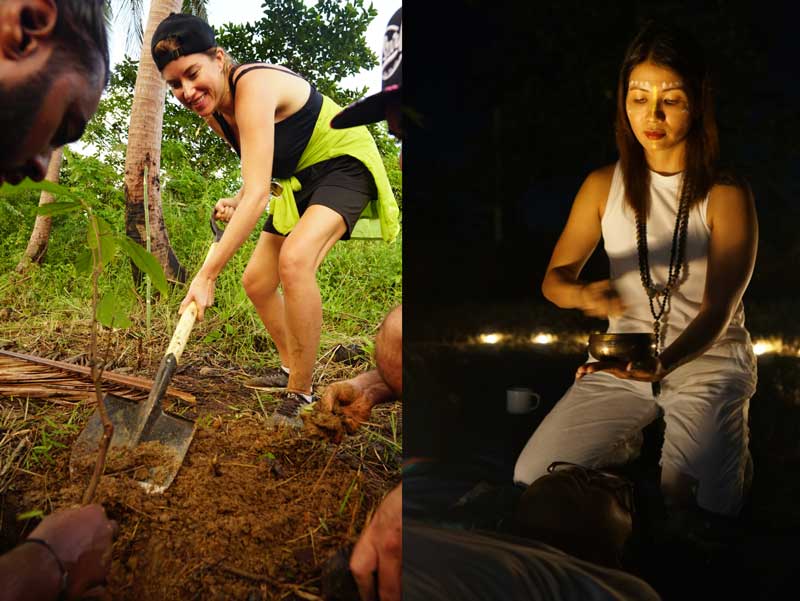
A few years ago, we saw the potential of bamboo not only in ecosystem restoration but also to create a truly regenerative value chain from seed to forestry to product. Our the national bamboo industry took off however, we foresaw the impending risks of the bamboo industry cluster if each component of the value chain is carried out in silo for individual gain (e.g. poor survival rates due to poor quality planting materials, simultaneous flowering and death of large-scale plantations); hence we took it upon ourselves to prototype a holistic and regenerative whole value chain.
As the first step, we established our own seed-based bamboo nursery focusing on producing high-quality mother plants of varieties that are superior both ecologically and commercially. Currently, we have thousands of high-quality seedlings at our disposal for appropriate use in ecosystem restoration works and permaculture implementation (which significantly cuts down on costs). This also assures a steady supply of sustainable raw material for our future bamboo industries and products. Today, we are working on the tail end of the value chain and using our architectural expertise to elevate and modernize our long-standing local bamboo craftsmanship and create a unique, bespoke regional architecture that highlights this craftsmanship while also being climate responsive and disaster resilient.
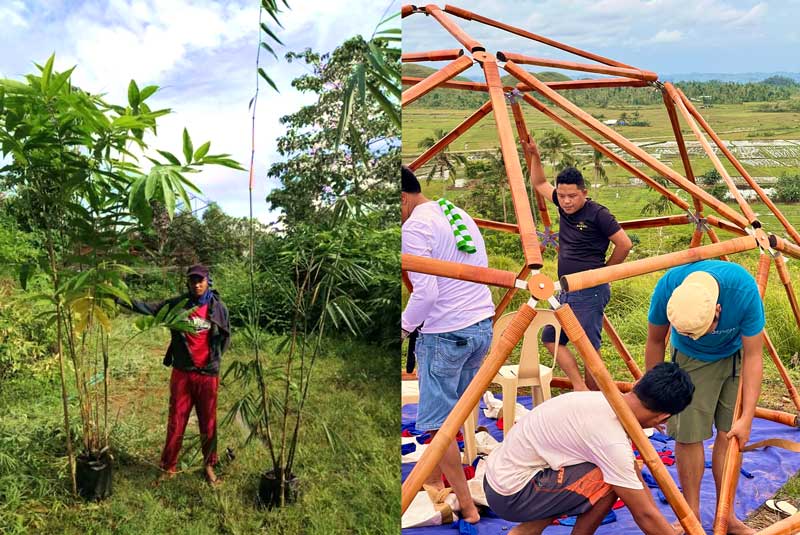
Our greater vision is to successfully develop this regenerative framework to its fullest potential across multiple scales and sectors and deliver the maximum impact in regenerating degraded ecosystems, creating viable livelihoods for communities, sustaining local enterprises, supporting vernacular craftsmanship, and enriching regional cultures. We are multiplying our efforts to reach farther and more communities and render greater impact – by creating training programs to train diverse groups of people – local communities, committed youth leaders, and women leaders, and enthusiastic practitioners; and by taking an initiative to support policymakers with relevant information that we believe can shape policies that will create greater impact across larger swathes of our country and region.
The Regenesis Project is a winner of the 2022 Permaculture Magazine Award. Read more HERE.
